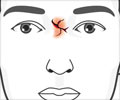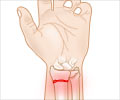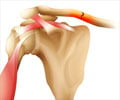Only 40 per cent of patients with a fragility fracture are aware of their osteoporosis risk.

Dr Inderjeeth said that, after implementation of the intervention, the rate of bone mineral densitometry investigations improved from three per cent to 45 per cent, the number of patients receiving calcium and vitamin D supplementation increased from 12 per cent to 33 per cent and from 12 per cent to 37 per cent, respectively, and initiation of specific osteoporosis treatments increased from six per cent to 30 per cent.
But despite improvements in these outcome measures, Dr Inderjeeth said that only a minority of patients were aware of osteoporosis, although most GPs and hospital clinicians accepted that it was their responsibility to assess and treat their patients and inform them of their osteoporosis risk.
“The persistent low level of awareness of osteoporosis remains a significant concern and is likely to remain a barrier to patients seeking medical review and accepting and complying with preventive treatment,” he said.
“Most ED and orthopaedic clinicians in our institution claimed that time and resources were the main barriers to improving the quality of osteoporosis care in their settings.
“It is possible that the ED may not be the best setting for giving patients educational information about fracture prevention and osteoporosis, given that they are preoccupied at the time with more acute issues of pain, comorbidity and anxiety in an overwhelming environment.”
Advertisement
This suggests that a multimodal strategy involving a dedicated fracture liaison nurse may offer the greatest potential for improving education and patient follow-up and treatment.
Advertisement
Source-MJA














